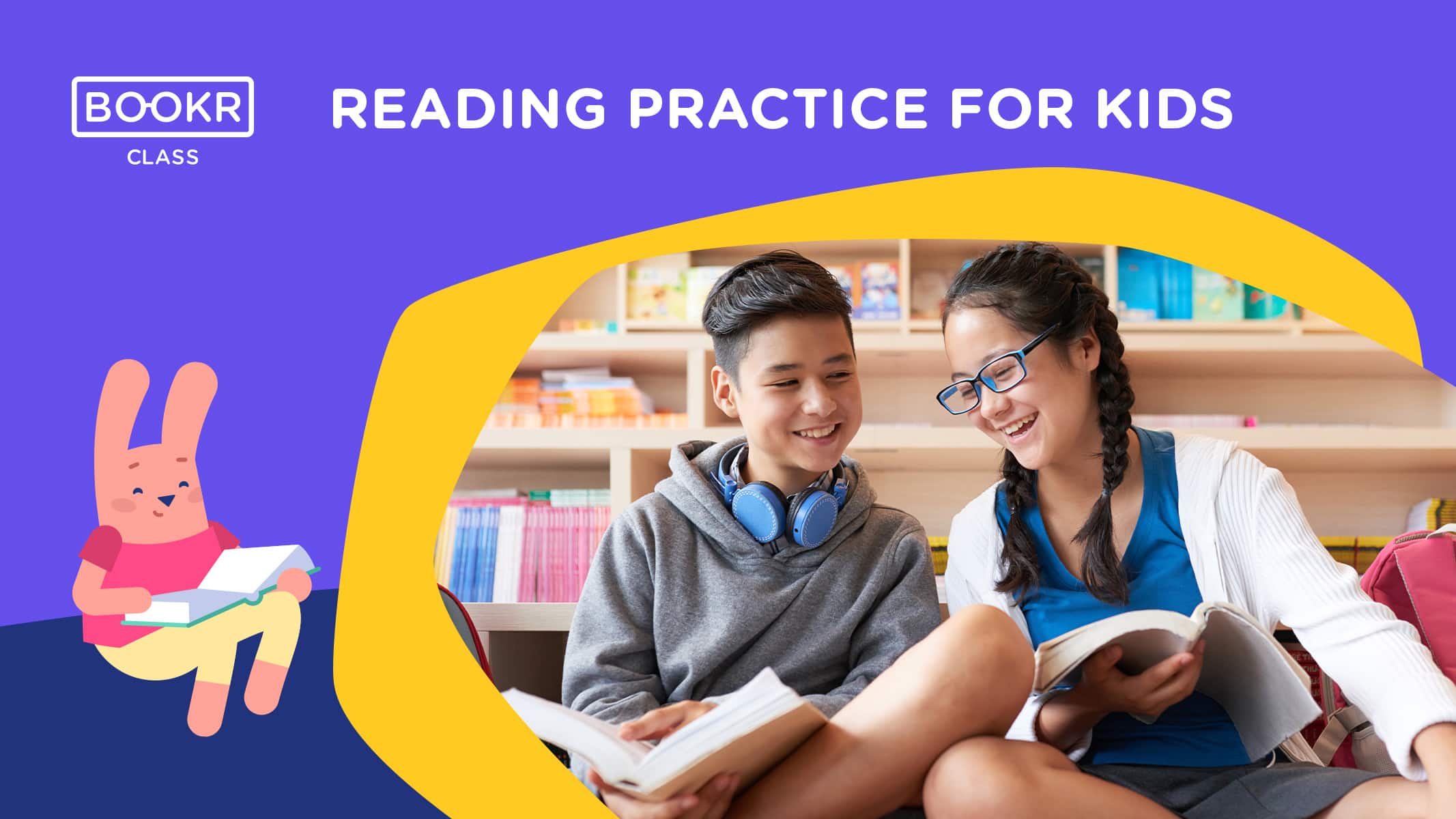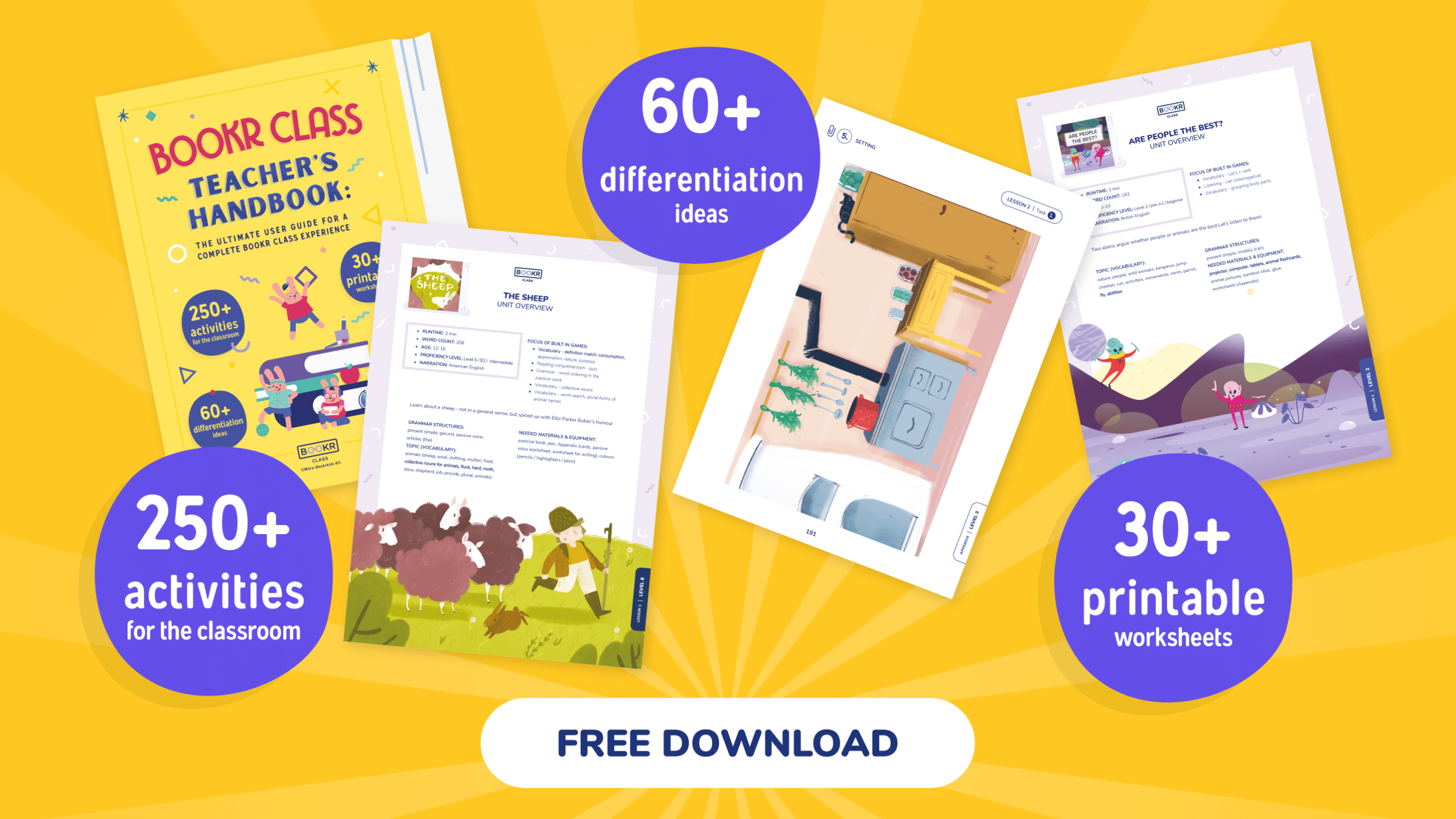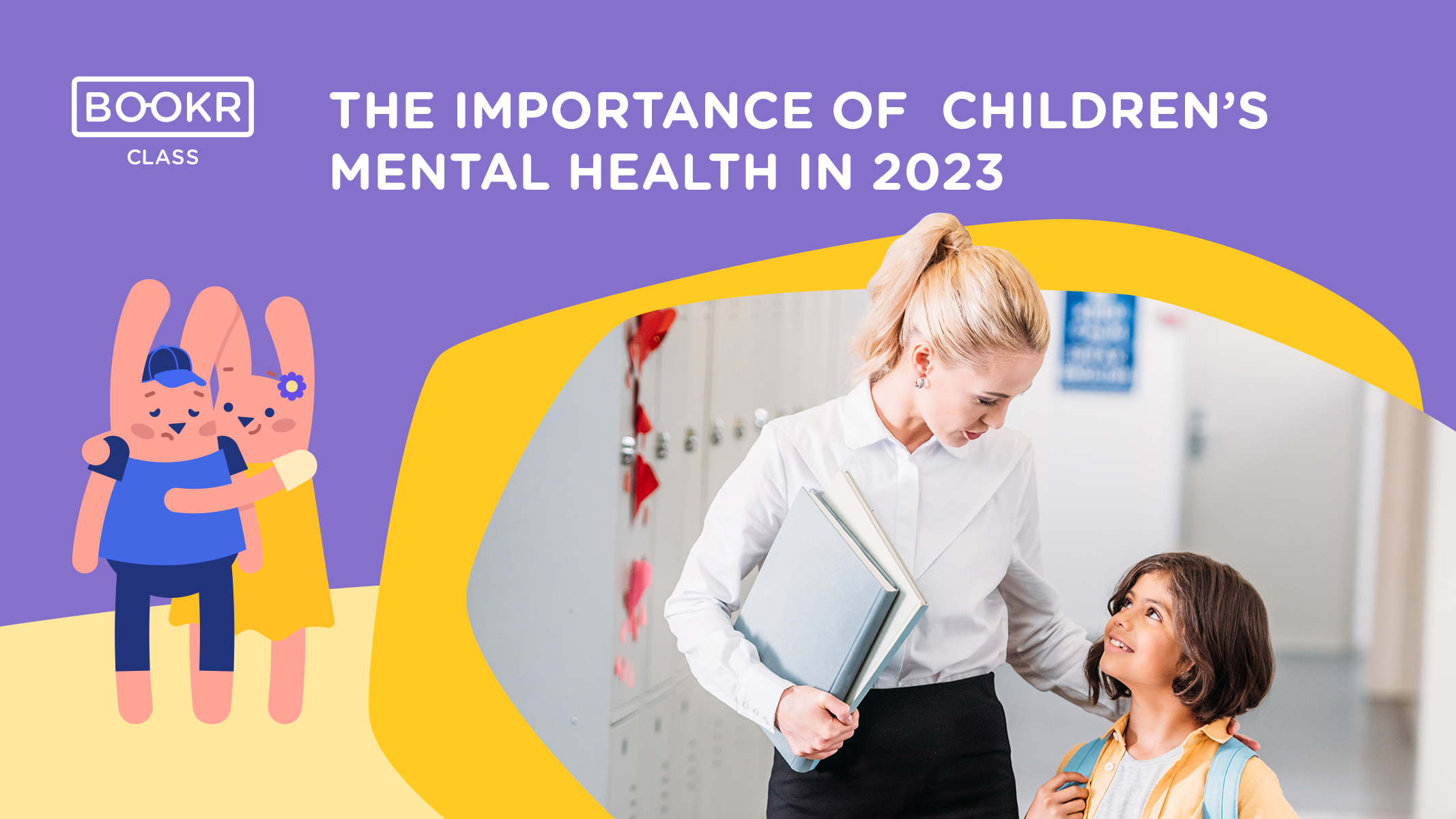Reading Practice for Kids – How to Develop Reading Habits in Children
Reading is a fundamental skill that can have a significant impact on a child’s personal growth. However, in today’s digital age, it can be challenging to hold a child’s attention long enough to develop a reading habit – and have them prefer the world of books rather than other stimulating games and activities that surround them every day.

Table of content
You’ve come to the right place, if you’re keen on exploring when kids learn to read, the challenges they face, why reading is crucial for their academic and personal growth and, of course, some practical advice on how to get started with the habit building.
Last but not least, we will not let you leave empty-handed. A list of resources is also waiting for you to support your students or your child’s reading development. Let’s get started, taking a look at the basics.
When Do Kids Learn to Read?
According to the U.S. Department of Education, most children learn to read by the end of third grade. However, children develop at their own pace, and some may learn to read earlier or later.
It’s essential to remember that children need to master the building blocks of reading before they can read independently. These building blocks include phonemic awareness, phonics, vocabulary, comprehension, and fluency – and, of course, interest and passion for following the fate of a beloved character and the excitement of finishing a great story are key incentives for them to overcome the challenging first years.
The Challenges of Reading in Today's Digital Age
With gaming apps, television, YouTube, and too much screen time, it can be challenging to cultivate a reading habit in children. However, reading is a critical skill that fosters creativity, improves vocabulary, and enhances cognitive development.
Parents and educators can help young learners develop reading habits by setting aside time each day for reading and providing a conducive environment that encourages reading.
How to Develop Reading Habits in Kids
Habits are not easy to build and require some key concepts to be true: consistency and strategy. It doesn’t happen overnight, and it does take a couple of clever steps to achieve, but it is so worth it!
Let’s see what are some of these steps that you can take.
Begin reading to the little ones as early as possible. Reading to children in kindergarten is very useful, even if, at this point, the child isn’t an active participant.
This experience helps them prepare for the primary school and nurture their love for stories.
As students develop their reading skills, encourage them to read independently. Start with simple books and gradually progress to more challenging books, but with a smart digital tool, you could even assign books to your students through the app and give homework.
BOOKR Class for example enables students to choose their interests – such as sports, nature or animals – and the system automatically shows them books they are likely to read and enjoy. What a great way to engage them!
Create a comfortable and inviting reading environment. Ensure there’s adequate lighting, a comfortable seat, and no distractions.
Children are more likely to develop a reading habit if they see their parents and teachers reading regularly.
Set an example by reading yourself and discussing books with them – of course always in an age-appropriate manner.

Why Is It Important to Read as a Child?
Reading is crucial for not only a child’s academic but personal growth. It helps to develop language skills, fosters creativity, and improves cognitive development. Reading also helps children to develop empathy, social awareness, and understanding of different cultures.
Additionally, reading improves academic performance, enhances vocabulary, and improves comprehension skills. The list of benefits goes on and on, however one element stands out: reading has a positive impact on children’s mental health.
Don’t believe me, believe the experts of leading universities and organizations across the globe, here are some statistics that support the positive impact of reading:
These statistics all highlight the same baseline: reading can have a massively positive impact on children’s mental well-being.
By encouraging children to read regularly, parents and educators can help promote healthy habits and positive attitudes towards learning and self-improvement, while also providing children with important tools for coping with stress and difficult emotions.
Read in a Foreign Language
Reading in a foreign language can be an excellent way for children to develop language skills and enhance their cultural awareness. The British Council’s LearnEnglish Kids website offers a variety of reading resources to help children develop their English language skills.
There are also reading applications with graded readers developed specifically for ESL students – so you can improve reading and English skills at the same time, killing two birds with one stone.
Reading Practice for Kids
How to change the narrative and make reading a fun and enjoyable activity, rather than a daunting task?
Let’s see some tips and activities that can help make reading an experience for children.
Tips for Reading Books in your English classroom
What to pay close attention to during lesson planning

Reading Activities with words
How to further discover a topic that you read about in class? Here are some ideas on how to snowball their reading and language development, starting with the reading task. Improve their writing skills, vocabulary, or creativity.
Oh, such crucial areas!
Have your child create their own illustrations for the story. This can help them engage with the content and better understand the plot.
Teachers Handbook - the Ultimate toolkit for ESL teachers
There is no doubt that there is a variety of resources to help promote reading in the classroom. The question is: do you have time to find these resources and make sure you use reliable, quality materials that support your lesson goals?
How about a collection of books that supports you in creating the most exciting and effective ESL reading lessons, aiming to make reading a habit for kids? You can download the 300 pages long Teacher’s Handbook created by BOOKR Class’ qualified teachers and educational content experts.
You might also like...



